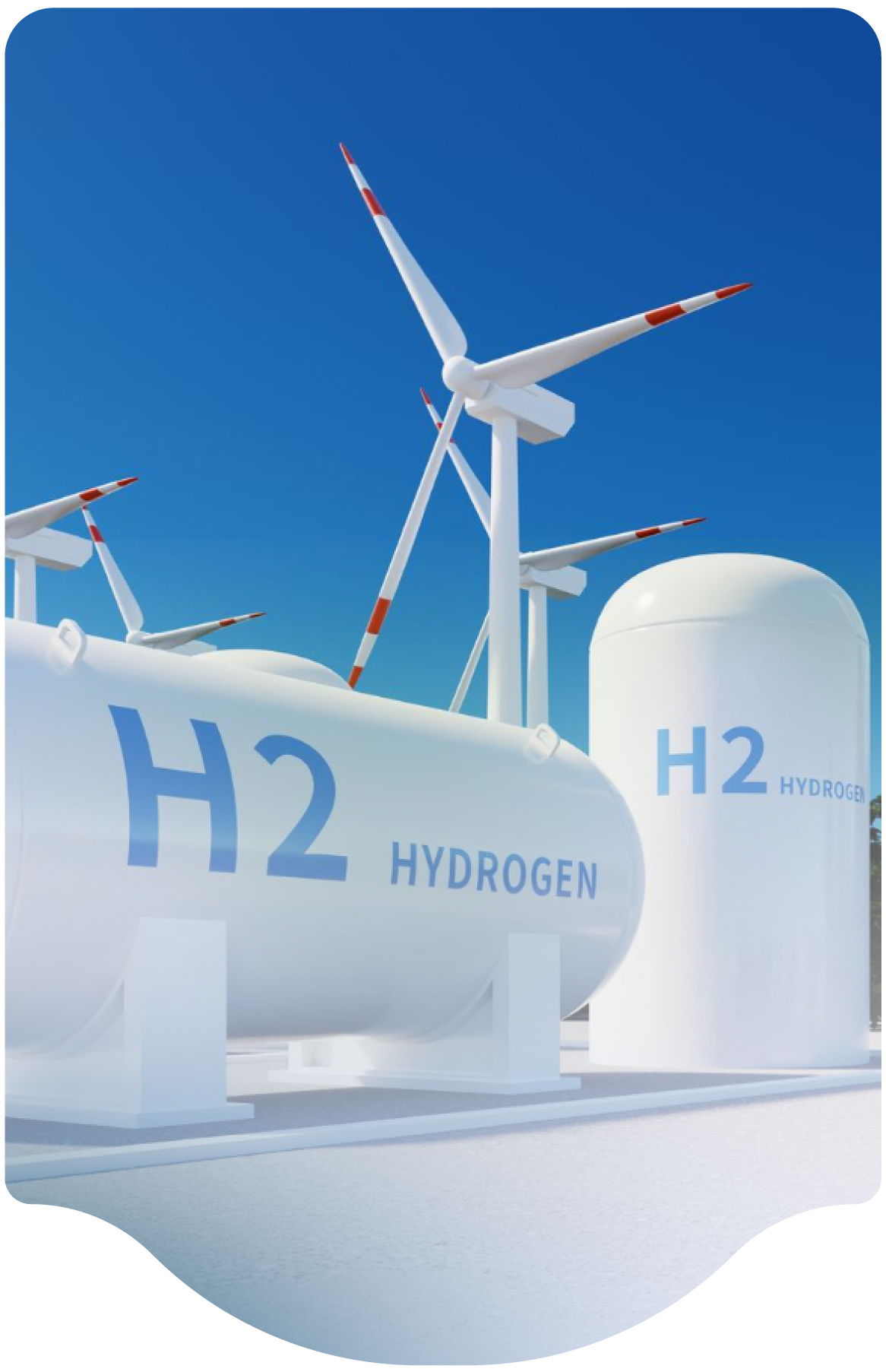What about the use of flame arrestors for GH2 stacks? Are they recommended? If not, why not?
Flame arrestors can be installed on hydrogen gas vents. The purpose of a flame arrestor is to prevent the migration of flame backwards and upstream into the vent stack or system itself. Generally, flame arrestors are not needed since: 1) the vent stack should be designed to withstand fire or explosion within the stack, and 2) the process generally does not contain a flammable mixture within it, so there is no danger of the flame propagating into the system. In these cases, flame arrestors are not needed and should be avoided since they create additional hazards of blocking or restricting the vent flow.
There are situations where flame arrestors can be appropriate. An example would be a vent stack from a compressor crankcase. Compressor crankcases are often vented to atmosphere, and where there is a possibility of hydrogen leakage into the crankcase, that vent might use a vent stack to ensure that leakage goes to a safe location. Since the crankcase might then have an air-hydrogen mix, a flame arrestor can prevent the propagation of flame backwards into the crankcase if it were to ignite on the vent stack. The crankcase is usually confined and congested so it could result in an overpressure significant enough for it to rupture.
The European Industrial Gas Association (EIGA) Doc 211/17, 7.4 does not allow flame arrestors due to the backpressure associated with them.

